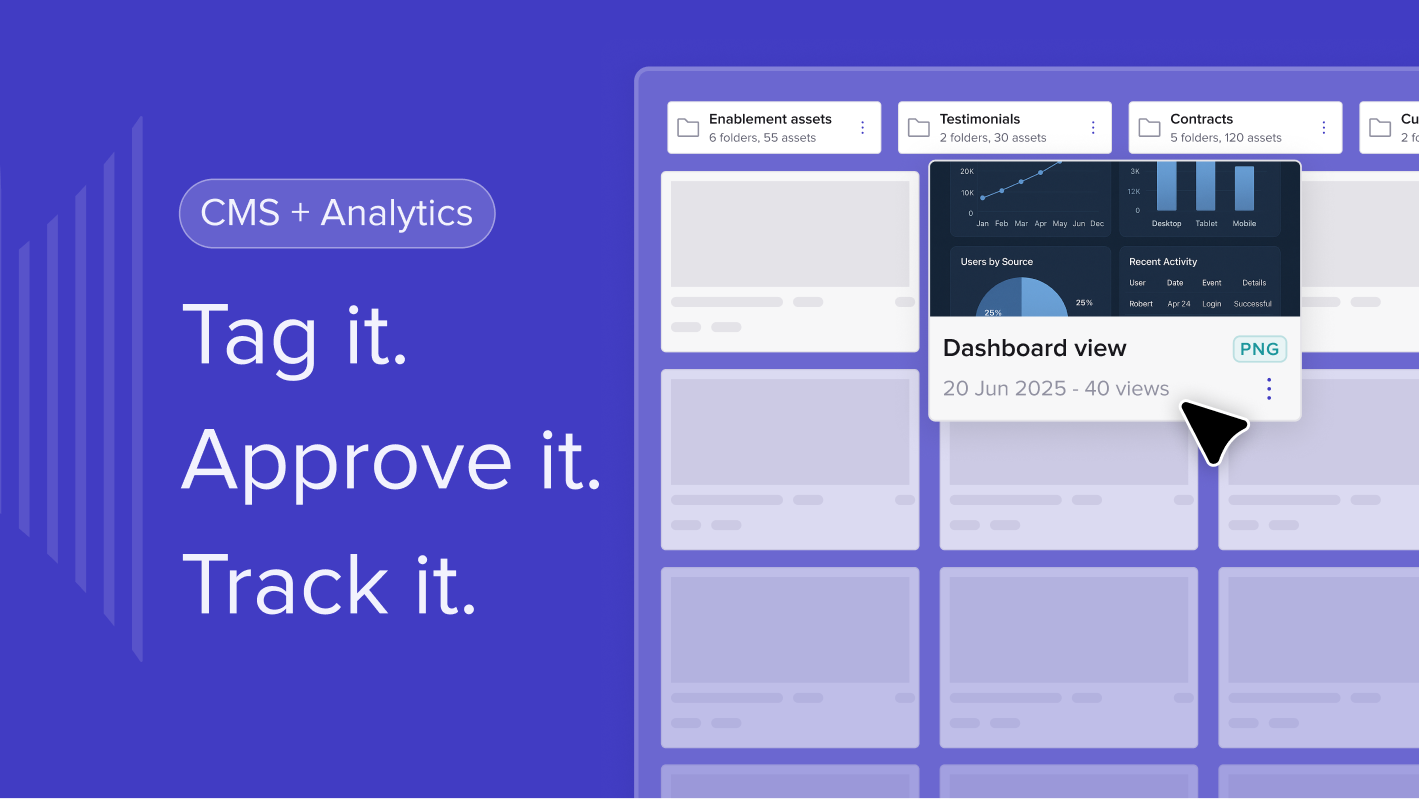B2B sales should be about depth. Buyers are too busy, too well-informed, and too impatient to entertain shallow, checkbox-style sales. And in a world where 68% of sales teams missed their targets in 2022, it’s clear something needs to change.
That’s where the concept of deep selling vs shallow selling comes in. It’s not just a buzzword. It’s a clear dividing line between reps who consistently close high-quality deals- and those stuck chasing leads that go nowhere.
The shallow seller: surface-level and stuck
A shallow seller plays the numbers game. Fire off 100 emails. Drop in a few {FirstName}s. Hit "send" and hope something sticks. It’s fast. It’s easy. But it’s painfully ineffective.
According to LinkedIn's latest research, shallow sellers are six times more likely to miss their targets compared to deep sellers—and make up 46% of the sales workforce. It’s no surprise, then, that 59% of B2B buyers now actively avoid speaking with sales reps, saying they add little to no value in the process.
And here’s the kicker: only 5% of your potential buyers are in-market at any one time. So, if you’re relying on shallow tactics to push product features to the wrong people, at the wrong time - you’re wasting 95% of your effort.
We’ve seen this play out time and again. Salespeople focusing on low-value admin, poorly timed outreach, or scattergun approaches that ignore the actual buying journey. Even technology investments, meant to fix these problems, often become part of the mess -only 53% of sellers say their sales tech stack actually helps them close deals.
It’s not laziness. It’s habit. Shallow selling is what most reps are taught. But as the B2B landscape shifts, it’s becoming dangerously outdated.
The deep seller: focused, relevant, buyer-first
A deep seller, on the other hand, knows the deal starts long before the pitch.
They don’t waste time with mass outreach - they prioritise the right accounts and build relationships that matter. They research. They listen. They meet buyers where they are - with information that's timely, relevant, and aligned to real business challenges.
In fact, deep sellers are twice as likely to exceed target compared to their peers. And yet, only 18% of sellers globally are consistently practising these habits.
So what sets deep sellers apart?
Let’s break it down.
The three pillars of deep selling
1. Prioritising high-potential accounts
Deep sellers know their time is limited - so they don’t waste it. Instead of casting a wide net, they focus on accounts with high conversion potential, using sales intelligence and intent signals to spot buying triggers early.
According to LinkedIn, 62% of deep sellers use these tools to help them work smarter, not harder.
At trumpet, we’ve seen how Pods- interactive digital sales rooms- let reps engage only the most qualified buyers, bringing key content, conversations, and next steps into one space. Less noise. More momentum.
2. Building key relationships across the buying group
The average B2B deal now involves 6 to 10 decision-makers, often spread across different teams and geographies. Deep sellers don’t try to push through a single contact—they multi-thread relationships across the business, gaining insight, alignment, and influence.
The stats speak volumes: 46% of deep sellers build relationships with 7+ stakeholders, compared to just 13% of shallow sellers.
And that’s where tools like trumpet shine - enabling async engagement with different personas across the deal. Whether it’s a tailored video for IT or a case study for finance, everything lives in one Pod, giving buyers what they need, when they need it.
3. Finding hidden allies and timely signals
Deep selling isn’t just about who you speak to - it’s when you reach them. Great sellers spot opportunities others miss, often by engaging people outside the obvious buying group.
68% of deep sellers say connecting with non-decision-makers helps move deals forward, and these hidden champions can actually shorten sales cycles by 17%.
Pair that with smart timing- because 64% of B2B buyers say salespeople usually approach them too early or too late and you’ve got a major advantage.
Whether it’s a Slack notification, an intent signal, or a comment left inside a Pod, it’s all about knowing the right moment to act.
From shallow to deep: building sales teams that thrive
Of course, transforming a team isn’t easy. It takes more than a few workshops or a new CRM field. It requires a fundamental shift in mindset, team structure, and measurement.
Here’s what we’ve seen work:
🔹 Role clarity
Top-performing teams clearly define roles across hybrid reps, inside sales, and digital sales specialists. Each has a part to play in creating a deep, buyer-led experience.
🔹 On-demand training + mentorship
The best teams blend remote learning with real-world mentorship. Shadowing experienced sellers, sharing Pods that worked, and building feedback loops make the difference.
🔹 Team selling > solo selling
Deals with multiple reps involved are 258% more likely to close. So reward collaboration. Move away from lone-wolf incentives and celebrate shared success.
🔹 Sales enablement that actually helps
Tools should help sellers, not hinder them. The best tech makes life easier by organising content, automating admin, and surfacing insights. 75% of reps who exceed target use AI and automation tools—not to replace them, but to free them up for deeper work.
🔹 The right metrics
Don’t just measure activity. Measure outcomes. Look at conversion points, engagement levels, and retention metrics. And remember: improving retention by 5% can increase profits by up to 95%.
Final thoughts: depth wins
Shallow selling might feel easier. But it won’t take you far.
Deep selling is where real success lives-in trusted relationships, well-timed outreach, and conversations that add value from day one. It’s not about being louder. It’s about being smarter, more relevant, and more human.
In a noisy market, deep sellers cut through -and win more. If your team isn’t already there, now’s the time to start.
Because the future of B2B sales? It’s personal. It’s async. And it’s deep.
Want to see what deep selling looks like in action?
Teams using trumpet are closing faster, engaging better, and building buyer journeys that actually work. Try it for yourself.

.svg)
.svg)
.svg)
.svg)
.svg)
.svg)
.svg)
.svg)
.svg)
.png)
.svg)
.svg)
.svg)
.svg)

.svg)
.svg)
%201.svg)
.svg)
%201.svg)



.svg)



















![How to Get Started with Buyer Enablement [With Examples]](https://cdn.prod.website-files.com/65cf4fecbed2754c2236665d/65cf4fecbed2754c22366bdb_65a5af83e742f76e34ce06f3_Customer%2520Onboarding%2520_%2520Everything%2520you%2520need%2520(2).png)
.png)



.png)



.png)












.png)


.png)


.png)
.png)







